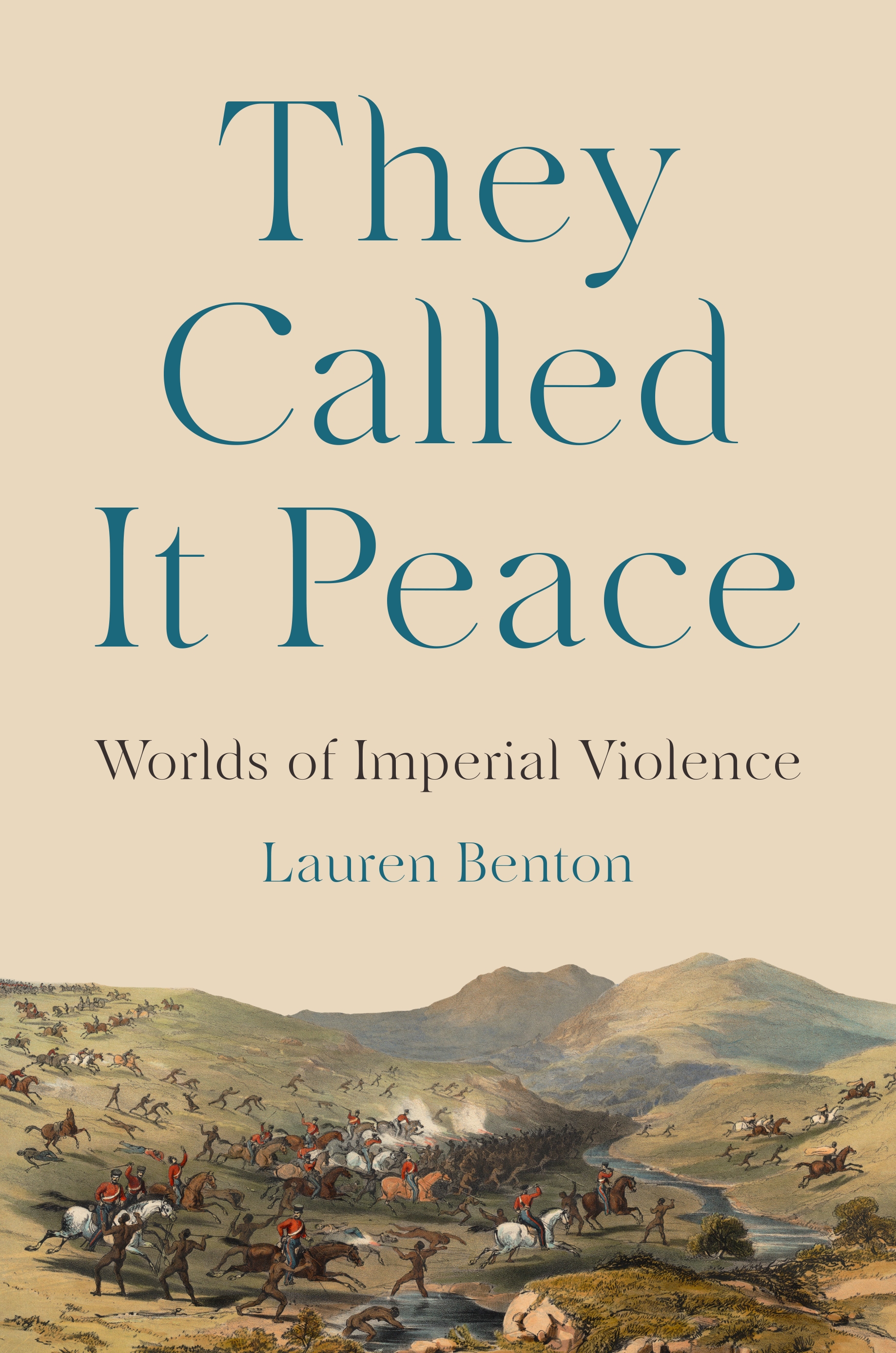I came of age in the United States during the Vietnam War. Like so many others in my generation, I thought the war was an abomination—a deep tragedy, in fact. Yet at the time I was also painfully aware of how little I knew about Vietnam and its history, and how impoverished our knowledge was about U.S. and European imperialism. I had only vague ideas about how to critique the claim that distant wars might be contained—or bent to some higher purpose.
By the time, years later, I began to study the history of European empires, I was working alongside many other historians striving to deepen our understanding of the imperial past. As I write these lines, I am surrounded by piles of recent books with “empire” in their titles. They analyze the halting origins of European global power and the troubled workings of imperial rule. They characterize the United States as an empire-state in the mold of European empires. They map a world of repression, while also documenting rebellion, persisting Indigenous sovereignty, and pluralism. Still, some of the puzzles of my youth endure. Small wars continue to multiply around the world, many echoing the logic and language of imperial violence. Governments still assert that waging limited war is both possible and necessary. And justifications for violence not classed as war remain both opaque and consequential.
This book places imperial small wars at the center of a new history of global order. It shows, first, how societies across the world embraced raiding and captive taking. Beginning in the fifteenth century, European empires mobilized these ancient practices on a novel scale. Conflicts in and on the edges of empires composed a global regime of plunder. Growing inequalities of power gave rise to new frameworks for violence in the eighteenth and nineteenth centuries. As Europeans asserted the right to set the laws of war and intervene anywhere to protect imperial subjects and interests, they assembled a sprawling regime of armed peace dominated by a handful of world powers.
As I traced these patterns, I was shocked by the frequency with which serial minor conflicts opened pathways to extreme violence. Wars that were billed as small and manageable exposed civilian populations to ferocious attacks by fighters suddenly released, it seemed, from any obligation to refrain from cruelty. Strategies that had appeared to enhance security just as often produced catastrophe. Like players in a game in which routine moves drop pieces to positions on the board where all is lost, participants in small wars were aware that utter devastation was a real possibility, but they could not prevent it. Empires and their agents, meanwhile, deftly combined pledges to check the ravages of war with authorization of spectacular violence.
